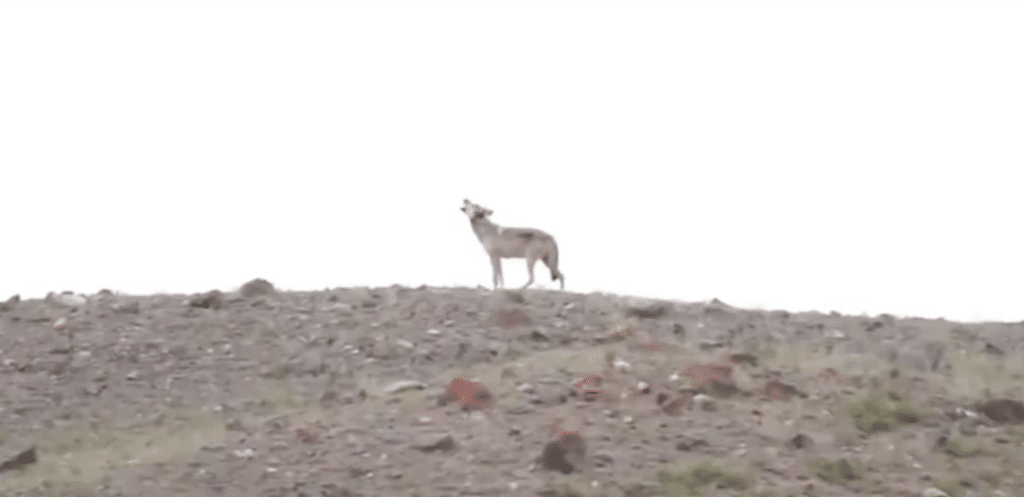If you’ve ever read about trophic cascades you know they can have a profound impact on the environment. Whether removing something at the bottom of the food chain, or a predator at the top, the effects can dramatically alter the surrounding ecosystem. Check out this video to see just how profound the results can be when wolves were removed and then placed back into Yellowstone National Park.
Why am I sharing a video that talks about wolves and trophic cascades? Two reasons.
First, I often run into organizations that are missing an important part of their social media ecosystem. I’m talking about compelling content. Yes, I’m comparing a lack of compelling content in a social media program to a lack of wolves in a National Park or the loss of bacteria in a lake. Don’t string me up, but content is a key part of the social media ecosystem, and when it’s missing, the whole system begins to fail.
Second, this video is an amazing example of compelling content. As a matter of fact, I first saw it on Facebook posted by Sustainable Human. And, as we move into 2016, my hope is that all organizations planning out their social media calendars will realize that content is an important (I would argue the most important) element in raising awareness and driving leads.
In the video, growing numbers of deer and loss of vegetation were key indicators that the ecosystem was out of whack, but in social media, it may not be that simple. So, how do you know if your social media program is suffering from a trophic cascade, so to speak? Here are six signs you may be missing that killer content:
- “I feel like my posts have the plague.” You keep posting around a campaign (like an eBook), but no one is liking, sharing or commenting on them. Low engagement (in relation to your audience size) usually means something isn’t resonating with the audience. Time to reevaluate that title or teaser. Think short and sexy… no one wants to read 50 word social media posts.
- “I get lots of clicks, but folks aren’t downloading.” This can be the result of two issues. First, you’re overselling the asset. You need to be edgy when writing your posts to get folks excited, but if that excitement isn’t matched on the other end when they hit your landing page, abandonment occurs. Second, when delivering content, the path of least resistance usually helps bolster conversion. Some assets are worth form fills, but most are not. Keep it simple and if you must get information for lead capture, just ask for name and email.
- “I’m promoting this great piece of content on LinkedIn and getting tons of impressions, but low clicks.” This is a common occurrence and could be a sign of content not hitting the sweet spot for an audience. If this happens using a CPM model, you know you probably have a real problem. Make sure you monitor your promoted campaigns and evaluate their progress at least halfway through the spend. That way you can tweak the post or audience targeting to really understand if you’re just selling and targeting poorly, or if in fact the content is just flat.
- “I looked back at social performance over the last quarter and we’re flat.” If you find your core statistics are flat or declining, but you’re still posting at the same frequency and consistently promoting content, it could be a sign that your content needs a shot of adrenaline. Stats go up and down all the time, but a three-month sample should give you enough insight to make some decisions.
- “I’m just not excited to promote this content.” Uh oh. Lack of excitement means content sucks. If your team is not excited to promote content or run social ads, you need to reevaluate the content. Why buy an audience with sub-par content, it’s a recipe for disaster and failed results.
- “We got this great piece. Bob did it in 2 hours.” I don’t care what anyone says, time and effort are good indicators of quality. Whether an eBook, white paper, video, infographic, listicle, etc. all of these things take a coordinated effort to outline, create and market. Never sacrifice quality just to have quantity. It won’t work.

